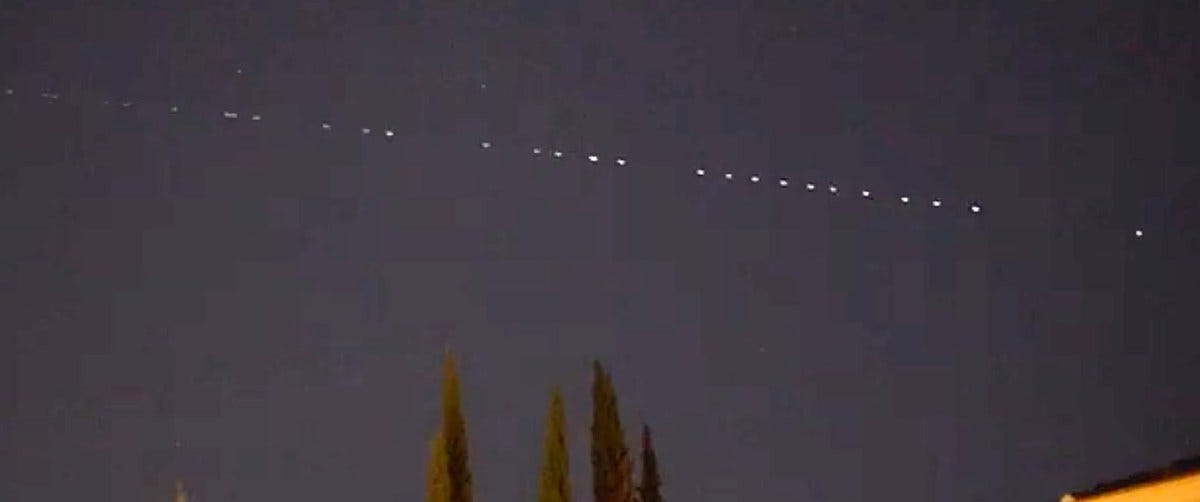The Starlink satellite constellation is an ambitious project initiated by SpaceX’s CEO Elon Musk to provide high-speed internet anywhere around the globe.
In 2015, Musk announced the startup of the network of communication satellites with a statement that “there is a significant unmet demand for low-cost global broadband capabilities.”
They have launched nearly 600 satellites in low-Earth-orbit (LEO) so far and are planning to extend it to the interconnected network of about 12,000 small satellites. The network of satellites is connected by space lasers. The main concern they have is global connectivity through the world’s largest Low-Earth-orbit broadband constellation.
The service is foreseen to be available in North America and Canada in the following year. This will likely change our rough and ready ways to connect to the internet nowadays in a tremendous way. Musk speaks about it as a grand innovation that could change the way we view and access the world around us.
The first launch happened in May 2019 through a Falcon 9 rocket filled with 60 satellites into space. Each satellite weighs about 260 kgs and is roughly the size of a flattened cab, with a substantial solar panel that reflects sunlight. They have an anticipated lifespan of five years, after that, they will be brought back from the orbit. They are placed into the orbit through the rocket at the altitude of about 300 km above the surface to Earth. Later they move to their feasible orbit using their built-in engine to the elevation of about 550 km. That is why in the starting months they are visible to the naked eye and gives an outstanding view of the beautiful planet parade, as the satellites follow one after the other.

Starlink satellites captured on video at dusk on May 26, 2019
Despite the benefit of beaming high-speed internet to every single point on the globe, it comes with pitfalls, too.
#technology #science #space #astronomy #startup #data science